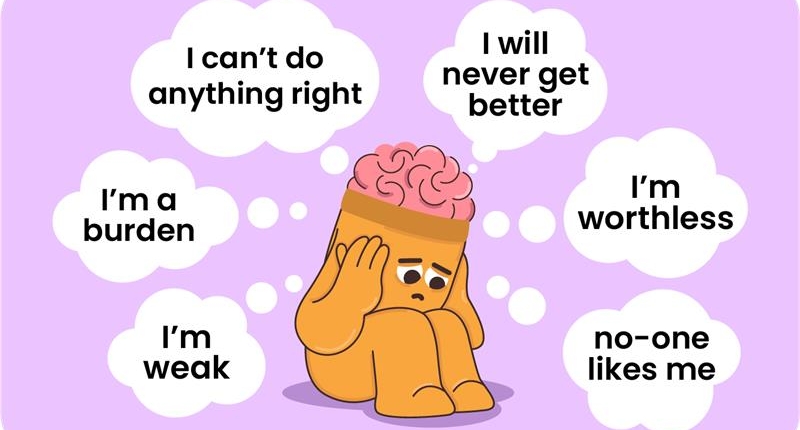Negative thinking disorder treatment focuses on assisting clients in recognizing the negative thinking and identifying and transforming harmful thought patterns into healthier, more balanced perspectives. At Integrative Counseling Center, we offer evidence-based therapies tailored to your unique needs, including:
- Cognitive Behavioral Therapy (CBT)
CBT is a proven approach for addressing negative thinking. It can help individuals recognize, challenge, and replace distorted thoughts with more constructive and balanced alternatives. You can learn practical strategies to break the cycle of negativity and develop new ways of processing information and interpreting daily events.
- Mindfulness-Based Therapy
Mindfulness practices can help one to become more aware of thought patterns without reacting to them emotionally. This approach encourages acceptance of thoughts and emotions with a non-judgmental awareness, which ultimately helps individuals learn to experience uncomfortable thoughts and emotions without letting them control them.
- Solution-Focused Brief Therapy (SFBT)
SFBT helps individuals focus on solutions rather than problems, shifting the mindset away from negativity and toward achievable goals and strengths.
- Psychodynamic Therapy
For those whose negative thinking stems from unresolved trauma and past experiences, psychodynamic-based approaches tend can be helpful because they go deeper and consider the role past experiences play on current issues. This can ultimately help to uncover underlying factors and help and individual to begin to identify and deconstruct deeply ingrained core beliefs.

